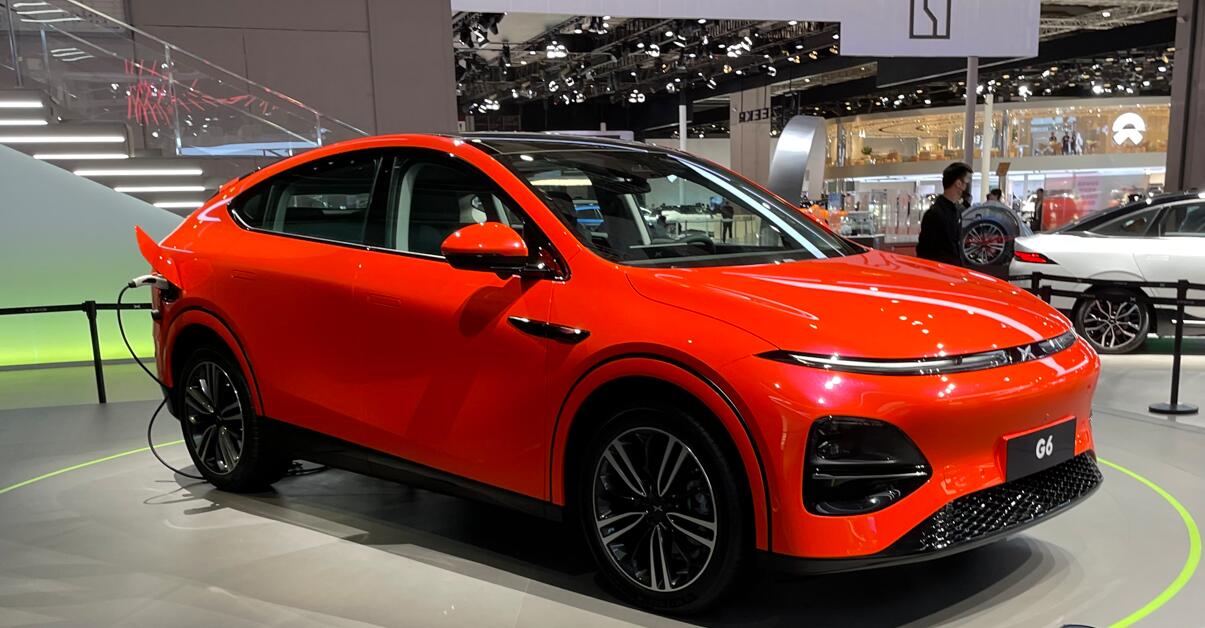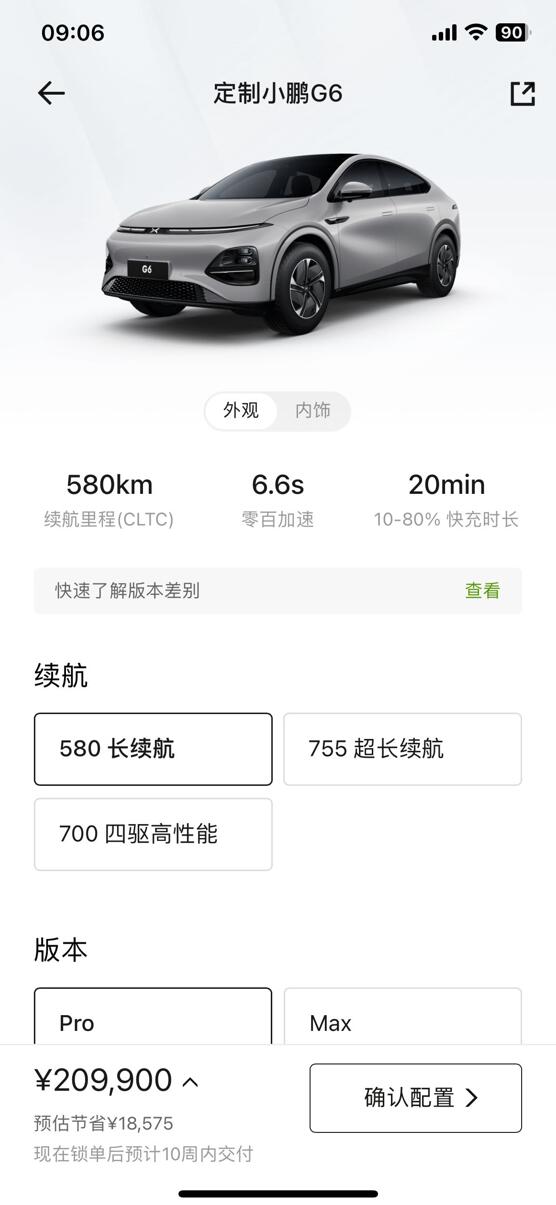Chinese automakers have now crossed the inflection point for global influence, with local brands expected to hold 65 percent of the market share in China by 2030, AlixPartners said.

China, the world's largest auto market, has been dominated by foreign brands for many years, but that is about to change with the rapid growth of local brands in the past few years.
This year, China will become the world's largest auto exporter, and for the first time, local brands are expected to overtake overseas brands in market share, AlixPartners, a New York-based consulting firm, said in a report yesterday.
Chinese automakers have now crossed the inflection point for global influence, with local brands expected to hold 65 percent of the market in China by 2030, said Stephen Dyer, co-head of AlixPartners Greater China.
In the first half of 2020, local brands' monthly share of the Chinese auto market was at slightly more than 30 percent, with German and Japanese brands then at around 30 percent and 25 percent, respectively, according to the China Passenger Car Association (CPCA).
In October 2022, the share of local brands in the Chinese auto market reached 51.53 percent, the first time in history that the monthly share exceeded 50 percent, according to data monitored by CnEVPost.
While local brands are on the rise, foreign brands are gradually declining. In October last year, the share of German brands fell to 19.25 percent and Japanese brands fell to 18.94 percent.
In the first five months of this year, the share of local brands has remained at around 50 percent, including 50.24 percent in May, according to the CPCA.
Chinese automakers are poised to become a dominant force in the global auto industry in the coming years, thanks to government support for new energy vehicle (NEV) companies, automakers' focus on vehicle styling and customer orientation, and the accelerating pace of NEV launches, according to AlixPartners.
The business models evolved by Chinese automakers are also likely to be successful in Europe and the US, and Chinese automakers will become a dominant force in the global auto industry in the coming years, the report said.
However, industry disruption from Chinese manufacturers won't necessarily make quick waves in overseas markets as traditional car companies around the world are focused on dealing with the impact of innovation from Tesla, the report also noted.
The success of Chinese NEV brands provides a reference for global automakers, AlixPartners said, adding that local brands are better able to meet the needs of a new generation of tech-savvy consumers while maintaining a strong value for money and offering a better digital marketing experience than joint venture brands.
Models that are popular with Chinese consumers are also increasingly likely to be popular with global consumers, and multinational automakers must be prepared to fundamentally change their working models as Chinese-style competition eventually comes to their home markets as well, the report said.
AlixPartners expects auto sales in China to grow 3 percent in 2023 and then maintain a slow but steady pace to reach a level of 50 million units around 2050.
Retail sales of passenger cars in China were 20.54 million units in 2022, up 1.9 percent year-on-year, with NEVs contributing 5.67 million units, or 27.6 percent, according to the CPCA.
The post Local brands expected to capture over 50% of China's auto market for 1st time this year, AlixPartners says appeared first on CnEVPost.
For more articles, please visit CnEVPost.










